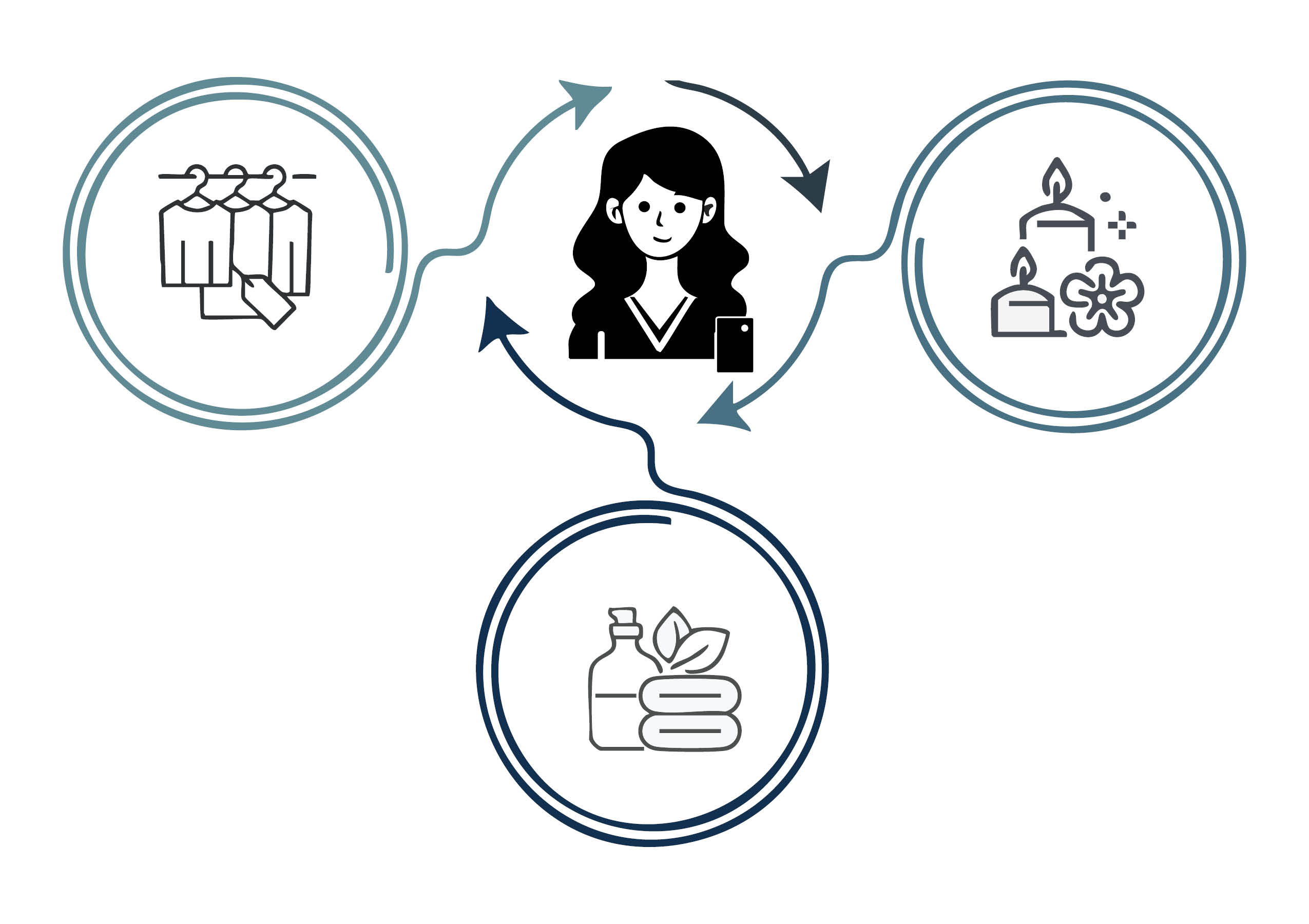Environmental, social, and governance (ESG) strategies refer to an organization’s focus on achieving goals related to climate change, socio-economic causes, and corporate behaviour. While pursuit of these goals may be driven by the organization, they are primarily a response to the public, or consumers, and subsequent government action.
According to Kayla Barnes’ A History of How Modern ESG Came to Be, organizations have focused on ESG strategies for decades, from the 1950s with unions investing pensions in affordable housing, to the 1970s with the introduction of the Clean Air and Clean Water Acts. In the 1980s, companies started to divest from South Africa’s pro-apartheid government. The 1990s saw the first sustainability index introduced to report on companies with ESG Ratings. The Sarbanes-Oxley Act passed in 2002 is one of the more notable steps to improving financial reporting and disclosure, which was in response to the accounting scandals in the early 2000s.
Why Do Startups Need an ESG Strategy?
Today, it is even more important, if not imperative, that organizations identify and pursue ESG strategies. The primary force, the consumer, who initially inspired businesses to pursue ESG strategies decades ago, now has more power and influence. Consumers can access a global network to choose which goods and services to purchase, and they can influence the purchasing power of others through social media.
Based on the 2021 Forrester report, Empowered Consumers Call for Sustainability Transformation, consumers lean more towards brands with strong environmental and community interests. The research states that over 30 per cent of consumers focus on poverty and hunger, and over 60 per cent of consumers make purchases based on a company’s efforts towards energy efficiency. The shift in consumer preferences was also evident in Accenture’s 2021 Life Reimagined report, identifying preferences as “… powerful enough to drive brand switching and willingness to spend more.” Therefore, consumers look for brands that reflect their values.
ESG-focused organizations are more attractive to investors, considering the 68 per cent increase in global sustainable investing since 2014, representing a $30 trillion market. According to McKinsey Quarterly, Five Ways that ESG Creates Value, 2021, investors also believe that organizations with a proven ESG strategy are more effective at ensuring their longer-term success. Millennial investors have placed a priority on ESG-focused firms by “… contributing $51.1 billion to sustainable funds in 2020, compared to $5 billion five years ago.”
Internally, a strong focus on ESG objectives can benefit startups by helping to attract and retain employees, particularly with the millennial generation who place a high value on environmental and social causes. Startups can also realize revenue gains by attracting consumers who have decided to switch brands or are willing to spend more. Cost savings are also available by leveraging government rebates to reduce energy consumption.
How to Develop and Implement an ESG Strategy
- Conduct a ‘360-degree’ assessment of the organization to identify the environmental, social and governance areas of importance, based on input from the employees, consumers, suppliers, investors, and communities in which the organization operates and provides goods and services. This step helps align the organization and its stakeholder(s).
- Prioritize areas of importance and map interests to the short, medium, and long-term strategic objectives of the organization. Evaluate the funding, people, time, and other requirements required to address each area. According to Expert Program Management, RAID: Risks, Assumptions, Issues, and Dependencies 2018, related risks, internal and external dependencies, and necessary assumptions should also be identified. This step ensures the pursuit of the ESG goals are compatible with organizational strategy and resources.
- Identify a subset of three-to-five initiatives representative of environmental, social, and governance topics to be addressed within the year. Develop a plan that addresses each topic and identifies ‘quick-wins’ and interim goals. The organization should be highly confident in their goals being accomplished within the first year. This helps build internal momentum and demonstrates progress towards achieving the goals.
- Establish a reporting cadence to monitor progress towards the goals. An executive review of the reports should take place regularly to track progress and address any delays. If there are delays, document the steps taken or any trade-off to bring the plan back on track. This step brings visibility to the progress and challenges of achieving ESG goals.
- Communicate the progress of achieving ESG goals regularly to all stakeholders in a simple and clear manner. Combine reporting on ESG goals with financial reporting to provide a balanced view of the organization’s overall performance. This step builds trust with stakeholders and demonstrates commitment to ESG objectives.
Nigel Taklalsingh | Contributing Writer


















